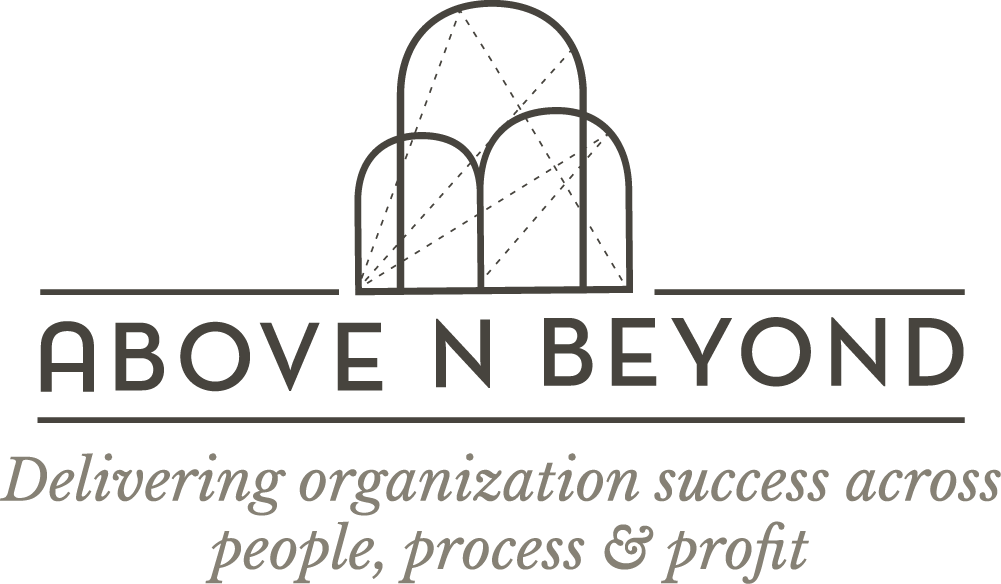
How to Keep Pace with Rapid Growth
Sustaining growth isn’t easy, especially when it happens rapidly.
During the course of its existence, every organisation goes through different phases of evolution. Each phase, in turn, brings in a growth curve that presents its own share of excitement, opportunities, and challenges. Add to this the speed and rapid pace expected the excitement quotient goes up exponentially.
With each phase, the expectation of the organization from its people evolves and changes as well.
It presents a need for people not just to realign with the organization goal but also realign to their own ‘why’, ‘what’ and ‘how’ Such a situation puts new demands on the employees, both long-timers as well as new hires; forcing them to learn new skills and, more importantly, new behaviours that help align them with the changed reality.
Working on developing the existing team while also assimilating new team members, and eventually integrating them into a single, unified team is not an easy task. At a rapid growth stage, the organisation is often in a constant state of transition. Trying to bring about transformational changes in such a situation can be challenging. Two things from our experiences with working with rapidly growing organizations that help make this change more seamless:
- Aligning business priorities
- Enabling mindset and skillset shifts
Aligning with Business Priorities
When business is growing rapidly, it calls for some simple yet very effective proactive measures.
Helping people understand the big picture: this is often written about, mentioned, and understood, yet seldom gets done effectively. When people know why they are doing what they are doing and understand ‘what is in it for them’, they are more likely to be aligned with larger company goals going beyond their immediate tasks and priorities. Effective targeted communication on business offerings and priorities, aligning local groups with global groups, creating cross-functional understanding, etc. can help address this issue to a large extent.
Attack the right problems: Understanding the root of the issues that are hampering growth and working in a disciplined manner to solve them, cutting the noise out is crucial. Next, designing targeted interventions to solve specific issues is the way to go. A common example is the lack of fulfilment of a role. Is it a recruitment problem alone? Or does it stem from the inability to forecast, lack of clarity in business outcomes, and hence role outcomes? Eventually, this can help the organisation to maintain its momentum and build a sustainable organisation that is all set to embrace the next phase.
Changing Mindsets and Skillsets
One of our clients, a Global in-house Center(GIC) for a leading global MNC, saw its headcount grow 5x in a matter of two years. The profile of work also broadened to include new functions being handled in India as well as existing functions growing significantly. Getting up to speed with the pace of growth by constantly realigning themselves was challenging. New people who came with several years of experience from different organizations, found it particularly hard to orient themselves in line with the demands of their new roles.
The company quickly realized that they needed to work on not just upgrading the skills but also work with the leadership to change mindsets.
They embarked on a journey to build effective leadership to drive operational excellence, review current processes, and bring in process improvements. The organization needed to work on fostering a solution-centric approach that encourages problem-solving and innovation, rather than the culture of simply taking instructions and executing them mindlessly. This needed both a mindset and skillset change and a top-down approach.
The key success criterion was to constantly work on creating a growth mindset amongst its leadership through various structural, systemic, and individual interventions. It is a tough balance but can be achieved through some disciplined focus and execution.
Photo by Manh Nghiem on Unsplash
